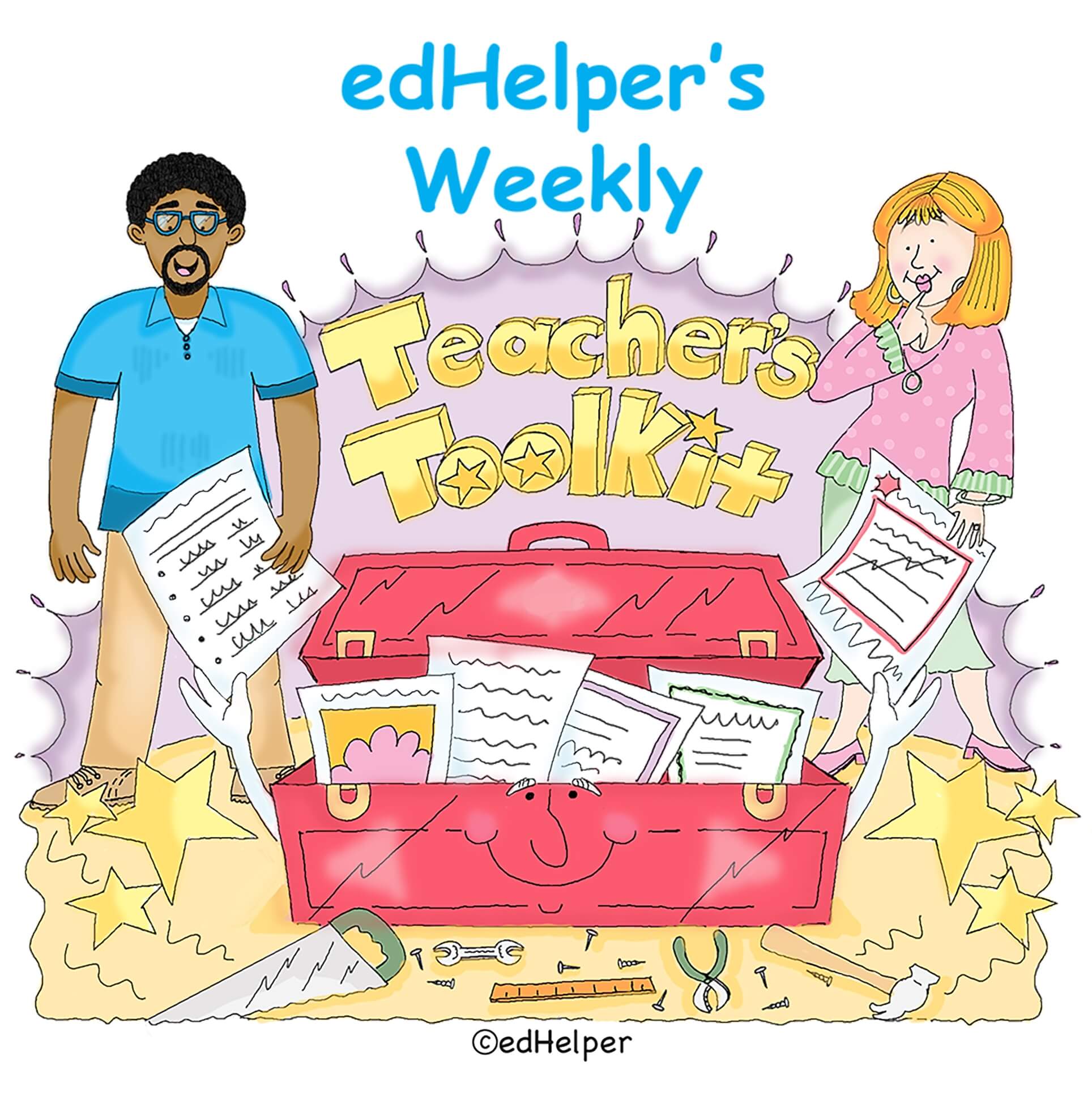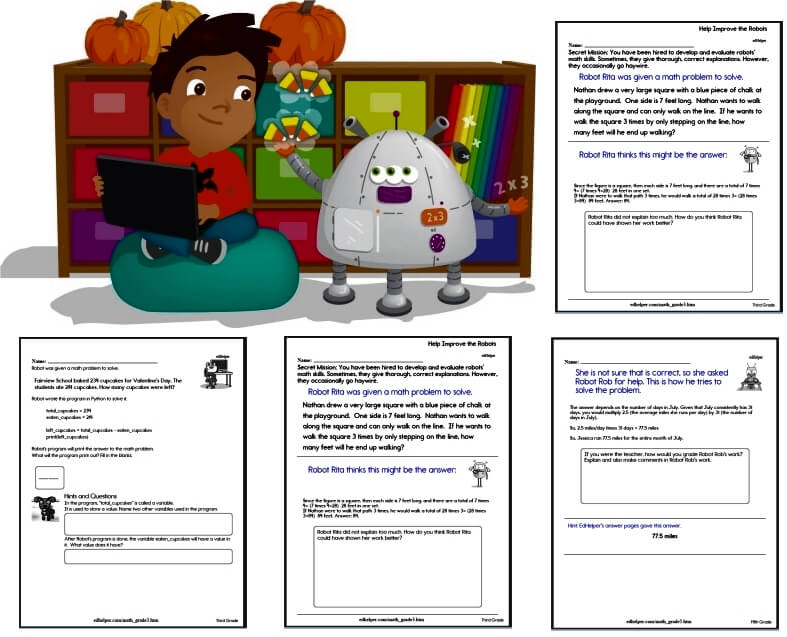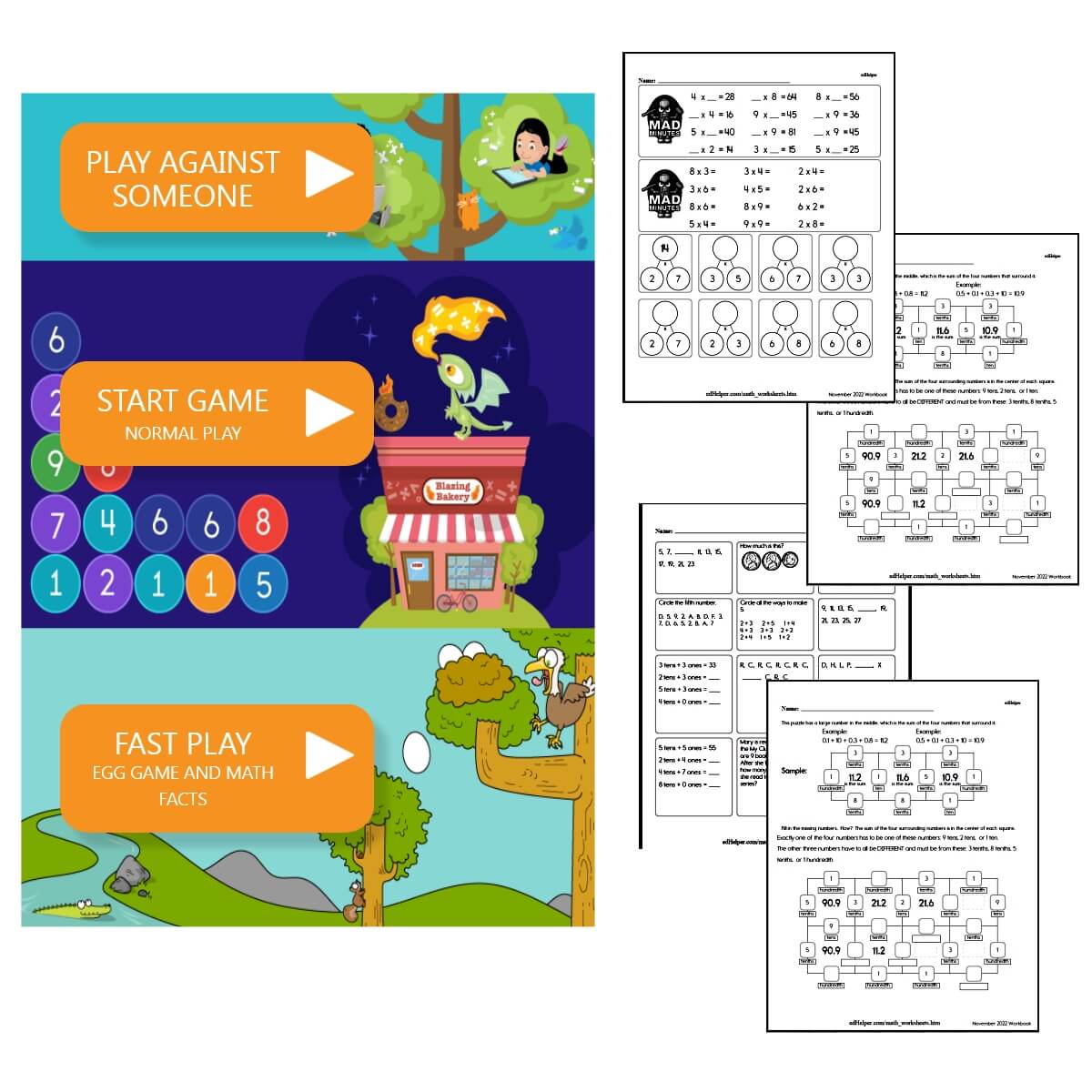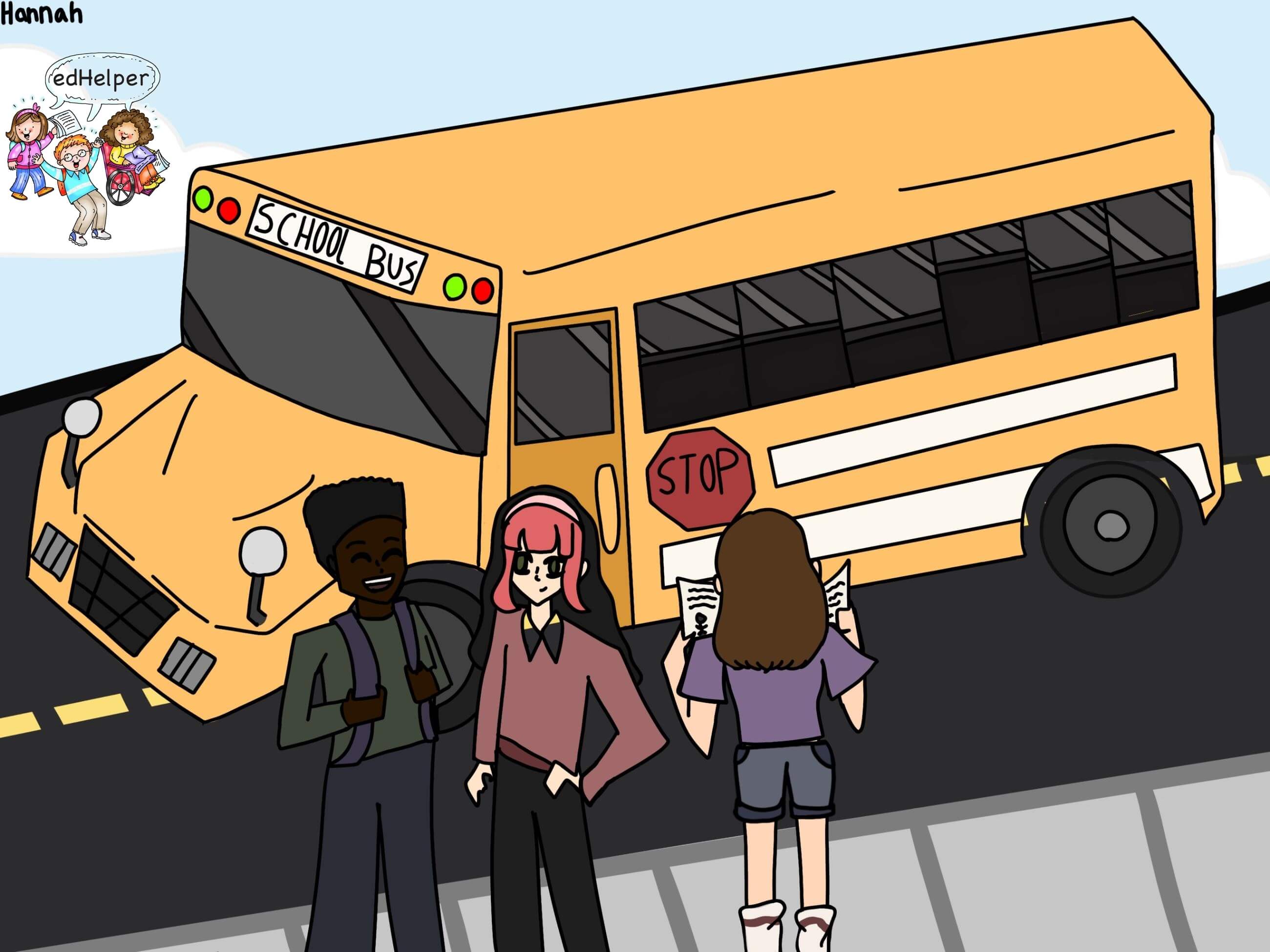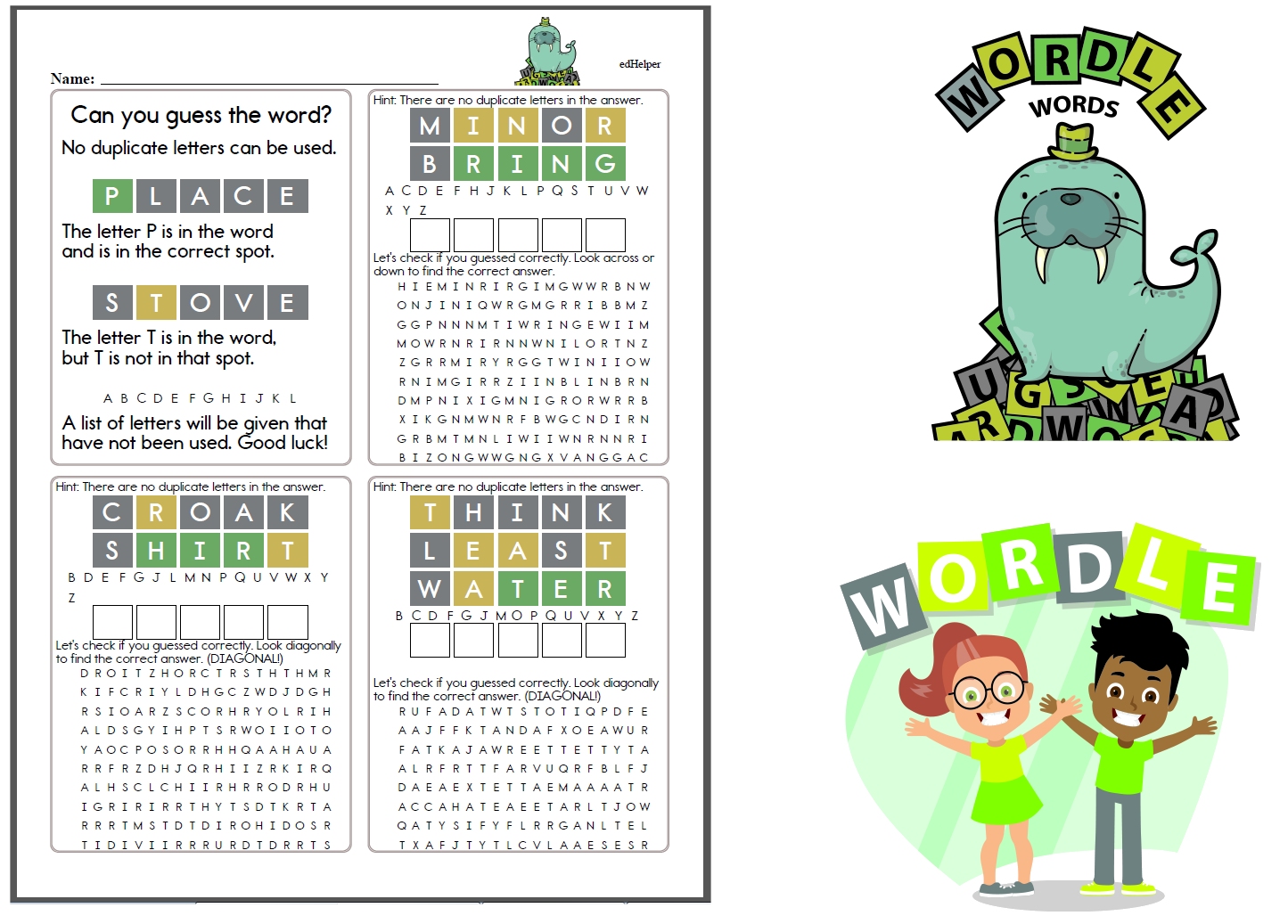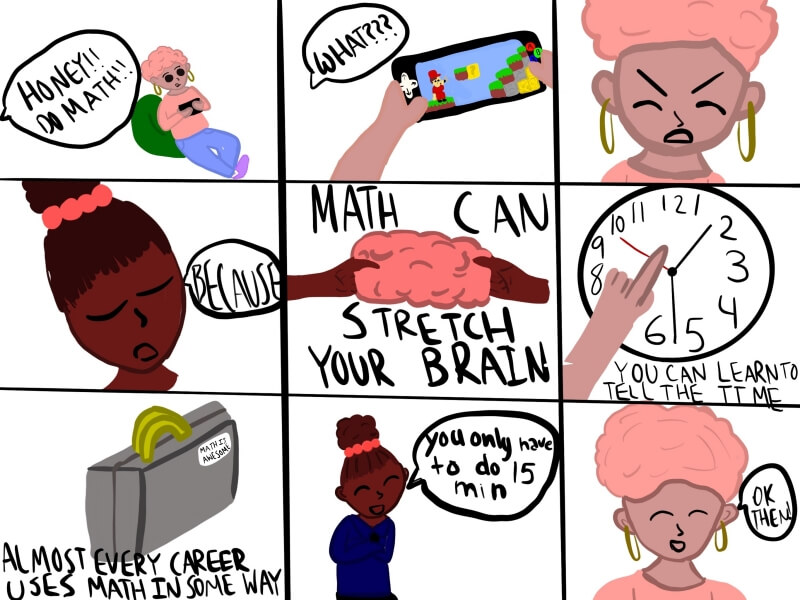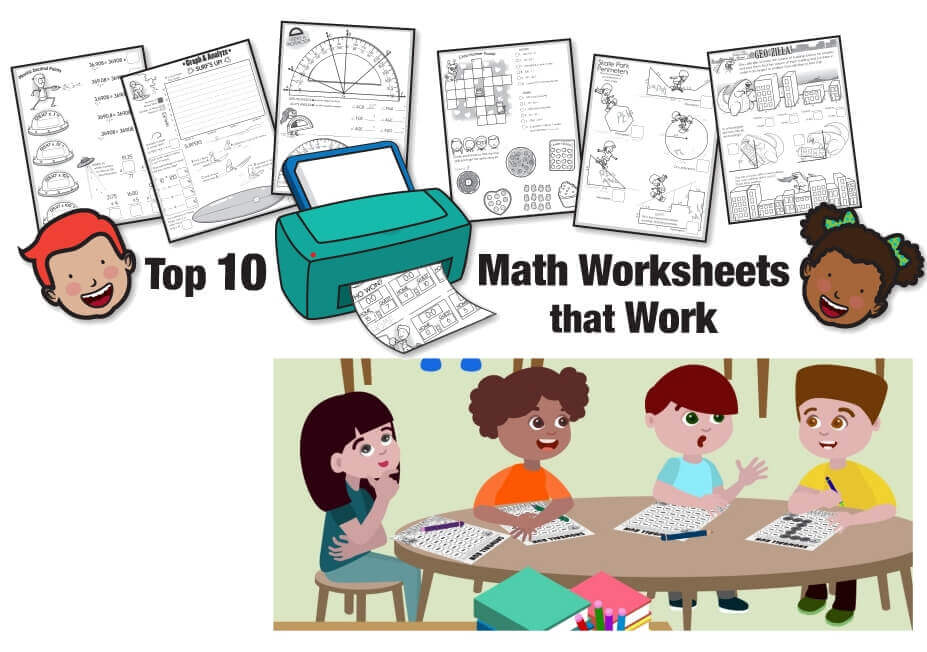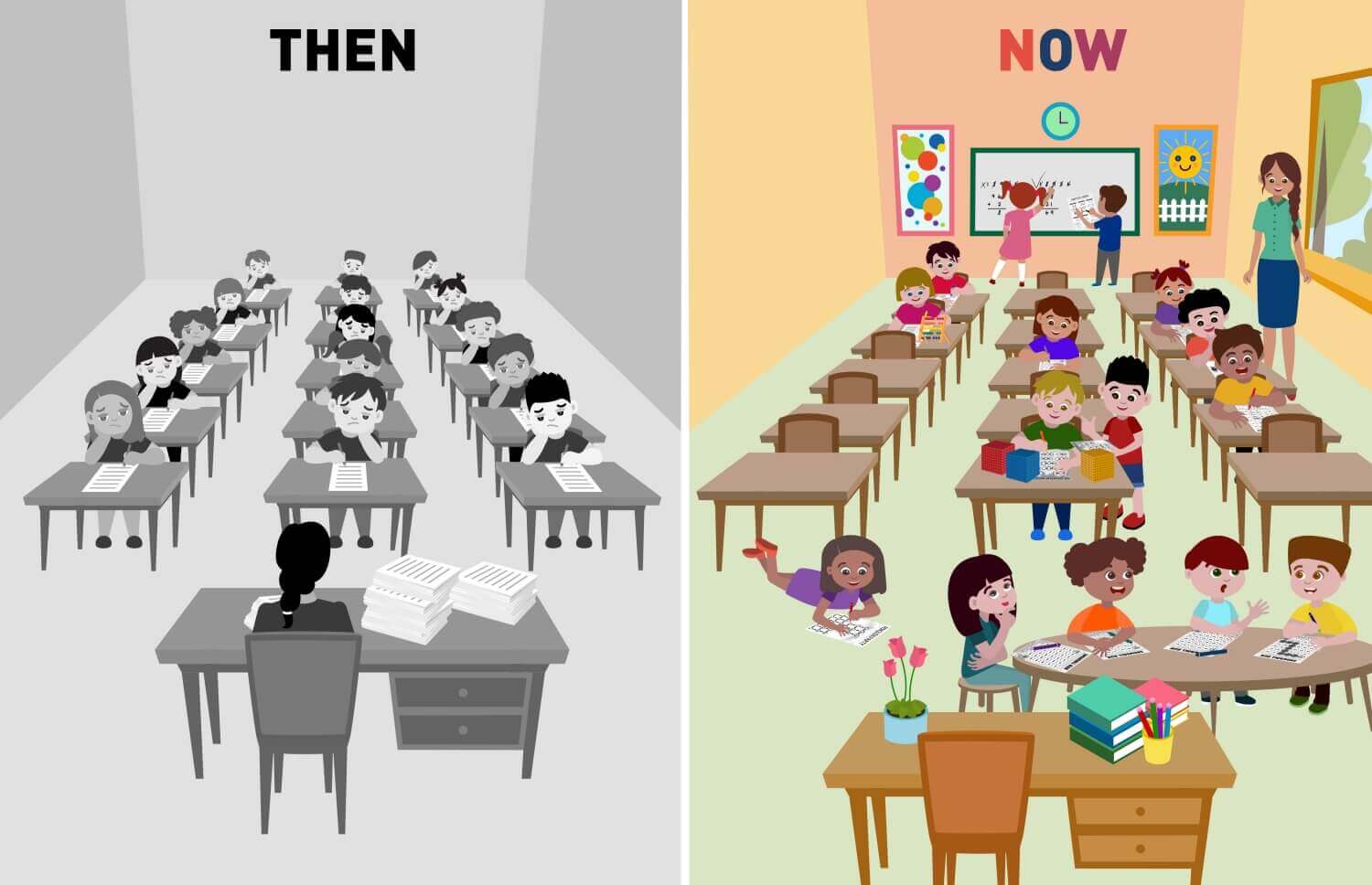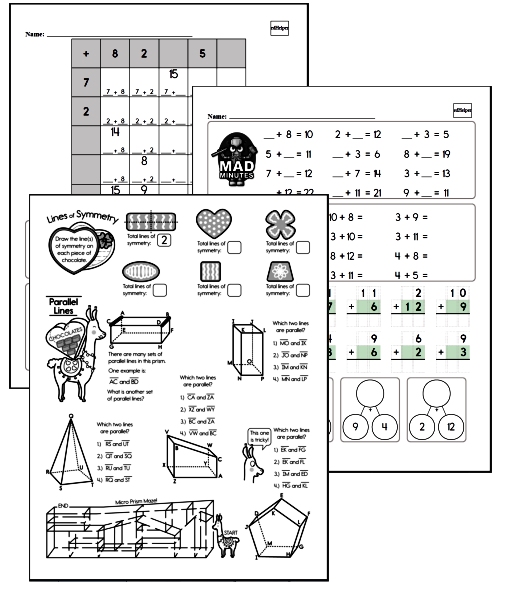Creative Ways to Get Your Students to Think About Goals at School
By: edHelper Staff
Updated: Jan 23, 2023
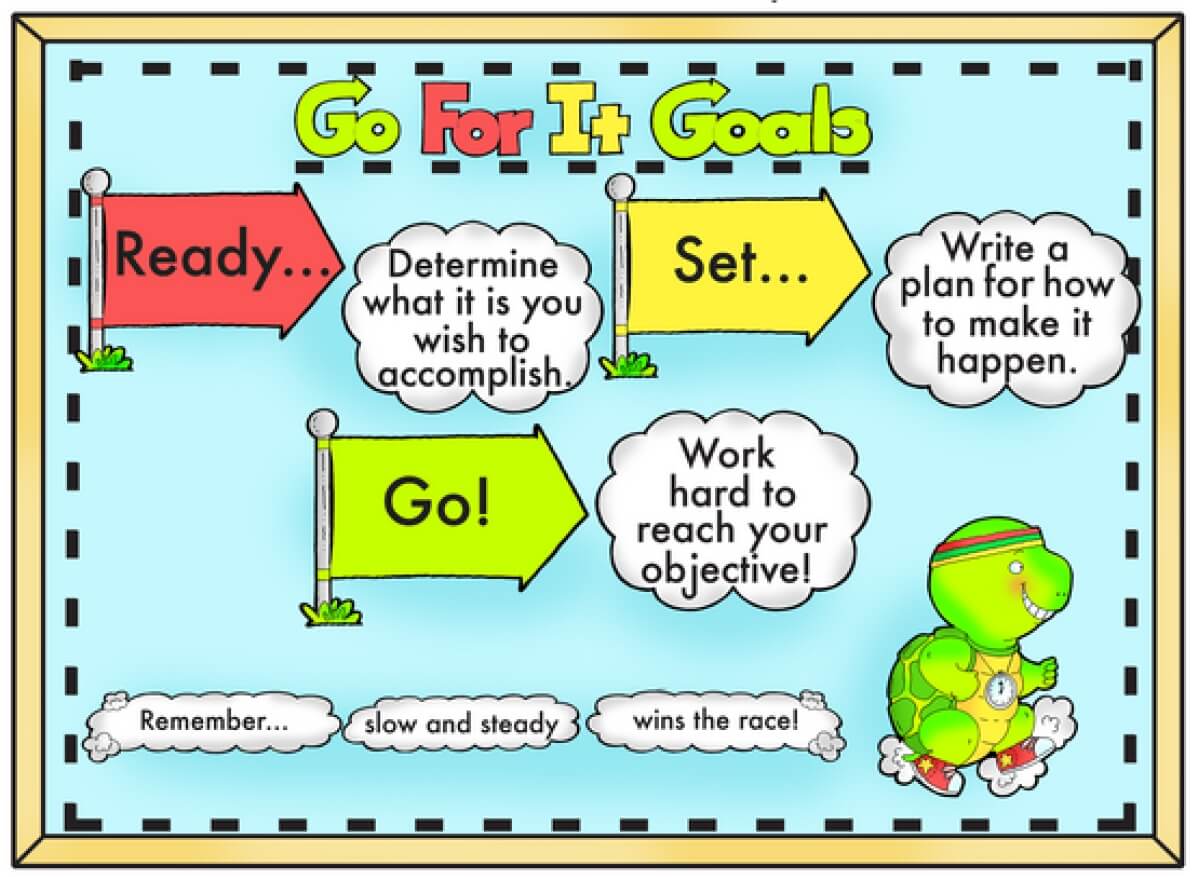
Creative Ways to Get Your Students Thinking About Goals at School
In the classroom, it's usually the teacher who makes goals for their students. It's important for teachers to know what their students are capable of and create lesson plans that help further develop their skills. It can be extremely empowering for students to be part of the goal-setting process.
There are a lot of great online resources out there, like the SMART goal system), that outline the goal-setting process for young students. Instead of rehashing what's already been said, we want to talk about how to get kids thinking about their goals so that they become excited about making and achieving them.
Here are a few creative ways to establish goals in your classroom so you can create an environment in which students feel encouraged to set and achieve their own goals:
Set Goals for the Classroom
Setting explicit goals can be difficult for young children, but even if they do not realize it, they are already achieving goals. Students learn many routines in order to meet the goals you have set for your class. Just think about how different things are when school starts in the fall compared to how they are in winter and spring!
All you have to do is explain that the routines you create for your class are goals for your students to achieve. For example, if you want students to come into the room first thing in the morning and work at a center, talk with the students about the routine as if it's a goal you want them to achieve. Then, go into detail about how you're going to achieve that goal together as a class.
When you talk about your normal classroom routines using goal-oriented language, students will start to see that they're working towards goals all the time.
Set an Example By Setting Goals For Yourself
Not only can you model setting goals in the classroom by getting students to think differently about the goals they are already achieving, but you can also include them in your personal goal-setting process.
What goals do you have for the class? When do you strive to wrap up the current math unit or start the next science unit? Maybe there's a read-aloud book that you want to finish with the class by a certain time? Share these goals with your students, and they can help you reach them.
You can share personal teaching goals too! You might share a goal you have to get your master's or a new certification, or you might have a goal to keep your desk more organized. When you share your goals with your students, they will see that you're willing to walk the talk. In turn, they are more likely to take their goals seriously.
Create a Billboard
Visual displays are powerful. Not only do they serve as a visual cue, reminding students of important concepts, but they also reflect what's important in your classroom. Creating a billboard checks both boxes.
Create a "Go For It Goals" bulletin board that walks students through the steps of setting goals. It can encourage students to create their own goals, and it can remind your students of the process when it's time to set new goals, whether a unit is over or it's after the first of the year or any other time you think it's necessary.
You could also create a bulletin board where students display their goals. Let your students share their goals with the class or a friend before hanging them up on the wall. It can help create a supportive environment, and it can also help keep students accountable.
Encourage Students to Encourage Each Other
It's easy to abandon goals when you keep them in a binder and never think about or mention them to anyone else. That's especially the case with your students, as the attention spans of children are very short. They can easily forget about their goals days or weeks after they set them, which makes the process of setting goals pointless.
Creating a billboard helps, but you should also foster an environment of encouragement among your students so they can keep each other accountable. Sharing feedback and observations about each other's goals is always an option, but doing an interactive activity together is way more fun!
Warm fuzzies is a good activity! Older children can write down their compliments and place them in envelopes for each student. Making warm fuzzies is also an option. It's an especially good way for very young students who aren't yet proficient readers and writers to give compliments.
Cut small lengths of yarn and tie them together in the middle, creating shaggy pompom balls of all different colors. Then, tie each ball on a long string that can be hung around the neck. Every time students give another student a compliment, they take off one of their strings and tie it to the necklace of the other child.
Whether written or worn, warm fuzzies serve as a reminder that kindness and encouragement are important in your classroom. When it's time to review goals, students can practice their compliment-giving skills by handing out, writing, or giving verbal warm fuzzies to their classmates.
Find Out What's Important to Your Students
School doesn't have to feel like a place where students have to do whatever their teachers tell them. Students should feel like active participants in their learning. They deserve to feel like their teachers care about their hopes, their dreams, and how they feel.
Setting goals provides you with the opportunity to make your students feel heard and understood, but only if you know what's important to them.
Brainstorm as a large group, meet with small groups, or talk with students individually about what they want to achieve during the school year. Then, really listen. Encourage them to create goals that help them achieve whatever they feel is important.
Don't feel like students have to share all of their goals with the class. For example, if you have a student who wants to make more friends, they may not want to share that with other students. Help them create a goal and check in with them one-on-one to provide them with support.
Talk About Goals Everywhere in Every Subject
Goals are for every subject! That means helping your students set different goals for different subjects, but it should also mean talking about goals as a topic.
For example, in reading, you might assign a comprehension worksheet that has to do with goal-setting. In drama, counseling, or even as a team-building exercise, you could have the kids practice a play on goal setting that they perform for others.
What about the goals of famous people? You and your students could research the goals of famous athletes, performers, and scientists. What did they do to reach their goal, and even more importantly, what happened if they didn't?
For example, Einstein's goal near the end of his life was to describe all physical phenomena using a "Grand Unified Theory." He never met his goal. Does that make him a failure? This would be a great opportunity to talk about the power of setting a goal so you don't get discouraged by a long-term goal that wasn't achieved. It's also a good reminder to talk about how goals are supposed to serve us-not the other way around. If a goal isn't working, it's okay to change it!
Make a Plan to Celebrate Achieved Goals
Achieving a goal is a big deal! Not only should every child who achieved the goal celebrate, but so should all of their friends and classmates!
Maybe you can conduct a ceremony and allow each child to choose a prize from a prize box after achieving a goal. You could play a fun game together as a class or spend a little extra time outside at recess. It makes every student feel like they're in a team, and it encourages them to work hard to meet their individual goals too.
Setting goals can be powerful, but setting them means much more than just writing down your intentions in a notebook or on a piece of paper. The ideas on this list will make setting and achieving goals more fun so your students are excited to see what they can accomplish in your classroom!


